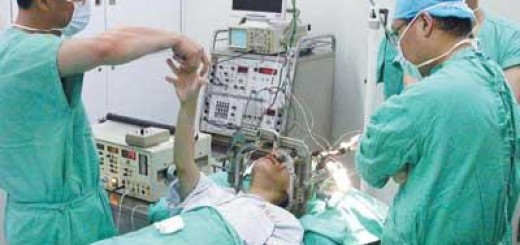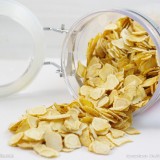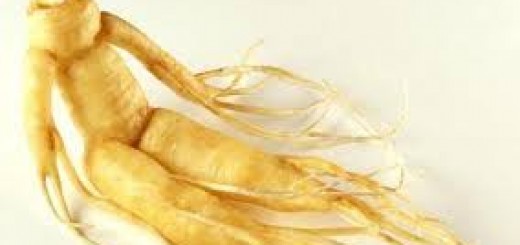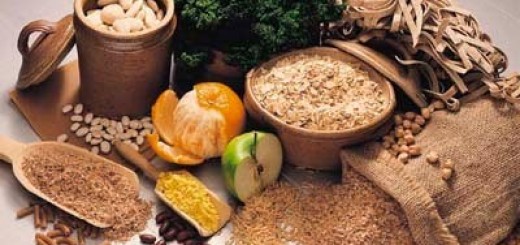大腦的功能是由神經組織中的神經元細胞來承擔的,神經元與神經元以及肌肉等組織的信息溝通是通過神經突觸和樹突來進行的。神經突觸和樹突是從神經元細胞表面的突起(Neurite)向外生長而形成的。
在老年癡呆發生過程中,腦神經的退行性變化導致一種毒性蛋白(beta-澱粉樣蛋白)逐漸積累,從而引起神經元細胞死亡和突觸、樹突的消失,更進一步加重腦損傷。
最近發表的一片文章提示:人參達瑪烷皂苷Rb1能夠有效地滴丸beta-澱粉樣蛋白對神經元的損害,並且促進神經突觸和神經樹突的生長。
這個發現表明:人參達瑪烷皂苷Rb1對治療老年癡呆具有潛在的應用價值。
Related Articles:
Neuroprotective effects of ginsenoside Rb1 on hippocampal neuronal injury and neurite outgrowth.
Neural Regen Res. 2014 May 1;9(9):943-50
Authors: Liu J, He J, Huang L, Dou L, Wu S, Yuan Q
Abstract
Ginsenoside Rb1 has been reported to exert anti-aging and anti-neurodegenerative effects. In the present study, we investigate whether ginsenoside Rb1 is involved in neurite outgrowth and neuroprotection against damage induced by amyloid beta (25-35) in cultured hippocampal neurons, and explore the underlying mechanisms.
Ginsenoside Rb1 significantly increased neurite outgrowth in hippocampal neurons, and increased the expression of phosphorylated-Akt and phosphorylated extracellular signal-regulated kinase 1/2. These effects were abrogated by API-2 and PD98059, inhibitors of the signaling proteins Akt and MEK.
Additionally, cultured hippocampal neurons were exposed to amyloid beta (25-35) for 30 minutes; ginsenoside Rb1 prevented apoptosis induced by amyloid beta (25-35), and this effect was blocked by API-2 and PD98059. Furthermore, ginsenoside Rb1 significantly reversed the reduction in phosphorylated-Akt and phosphorylated extracellular signal-regulated kinase 1/2 levels induced by amyloid beta (25-35), and API-2 neutralized the effect of ginsenoside Rb1.
The present results indicate that ginsenoside Rb1 enhances neurite outgrowth and protects against neurotoxicity induced by amyloid beta (25-35) via a mechanism involving Akt and extracellular signal-regulated kinase 1/2 signaling.
PMID: 25206916 [PubMed]
Source: Dammarane Saponins













































